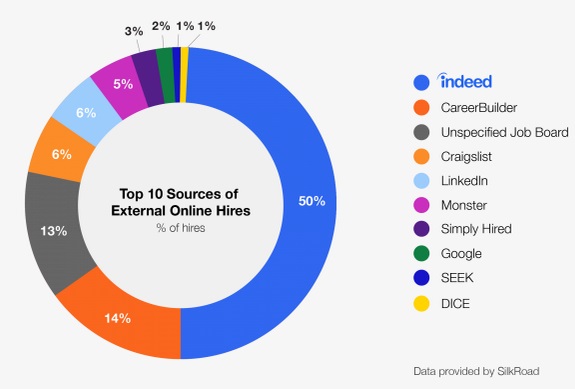Google started it. Don’t they start everything. You can thank Lazlo for all of this when he came out and said Google no longer requires a college degree to get hired into many of their technical roles. Now, we are beginning to see specialized training schools popping up to begin to ‘train’ the next gen workforce in what will be soon considered the new skilled trades of the future. From CNBC:
Students at the New York City-based school pay $15,000 for four months of coding instruction. They leave with the ability to develop software, and according to Flatiron School, 99 percent of students get a job with an average starting salary of $70,000 a year.
Flatiron founders Adam Enbar and Avi Flombaum said they believe coding will be a form of literacy in the future.
“Just like you need to learn how to read and write, even if you’re not going to be a journalist, you need to learn how to code and wield technology if you’re going to be successful in the world,” said Enbar…
Some of Flatiron’s students share Enbar’s frustration with higher education. Jen Eisenberg was studying computer science as an undergraduate at Michigan State University, but stopped after her first semester when her father asked if she could build him a website.
“I realized I couldn’t build anything tangible … it’s more theory and algorithms,” Eisenberg said.
After completing Flatiron’s program, Eisenberg is a software engineer at Paperless Post, an online stationery shop. She helps write the instruction, or code, that makes the website function.
For years I’ve been telling high school students are getting ready to graduate that public education has given them two paths in their life:
1. College
2. Prison
That’s it! Years ago we did away with skilled trades curriculum in public schools. The programs where kids learned how to weld, fix cars, pull wire, sweat pipe, build things, etc. Now, you go to high school to do well on a test and hopefully that test will get you into college. If it doesn’t? Good luck, you’re basically on your own, which for most eighteen year olds usually ends up in prison.
So, I’m actually excited about these ‘new’ skilled trades! Learning how to code, test, program, design and build web apps, etc. Our reality is we have kids who don’t want to go to college. Traditional school environments are not their cup of tea! They can’t wait to get out of high school, and the last thing they want is to go back to a similar setting in college.
America is in desperate need of vocational programs that start when kids are around seventeen. Companies are begging for help in the traditional skilled trades, as well. On both ends of technology, those who turn a wrench and those who click a mouse, need more trained individuals in the workforce, and at both of those ends, a full four year college program isn’t the answer.
Does this mean no one needs to go to college any longer? No. We still need all kinds of college grads. But, we can’t forget about all the others, and we have, for more than a decade. Skilled trades, traditional and new, are the lifeblood of innovation. You can design the greatest thing ever, but eventually, someone has to build it. Someone has to get their hands dirty. Someone has to put in the hours to make it a reality.
Sounds like a job for someone with a skilled trade.

